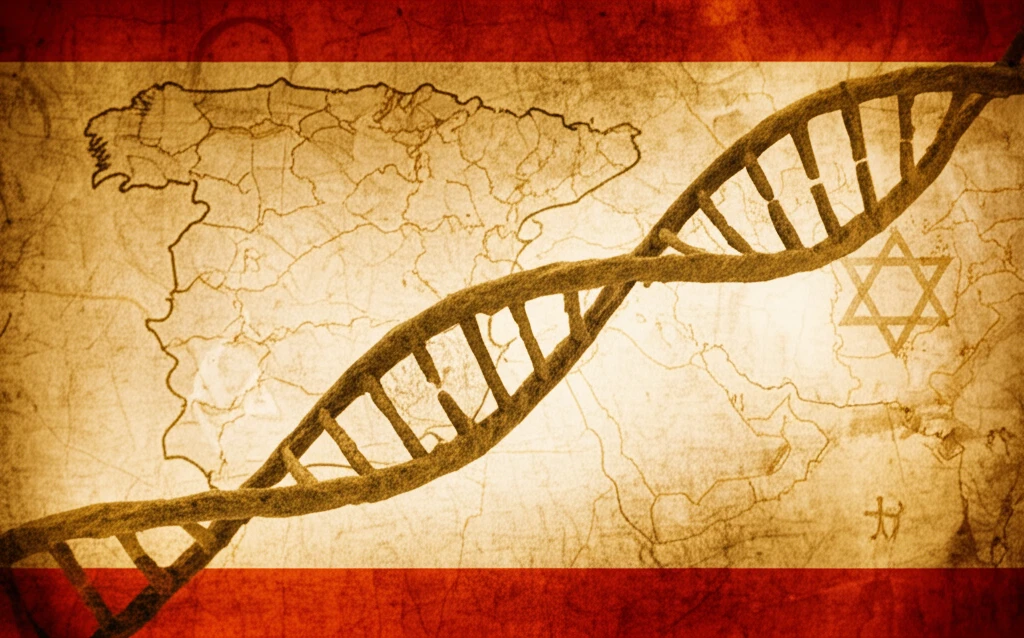
Hidden Jewish Roots: How DNA Reveals Sephardic Ancestry in Unexpected Places
"Genetic research uncovers the enduring legacy of Sephardic Jews in Northern Mexico and beyond, rewriting history through mitochondrial DNA."
For centuries, stories have whispered of hidden Jewish ancestry in pockets of the world far from the traditional centers of Jewish life. Now, science is lending its voice to these narratives, confirming what was once only speculation. Recent research into mitochondrial DNA (mtDNA) reveals the enduring legacy of Sephardic Jews, particularly in unexpected places like Northern Mexico. This genetic detective work illuminates the journeys of those who sought refuge and new beginnings, leaving an indelible mark on history and modern identity.
Mitochondrial DNA, passed down solely from mother to child, serves as a powerful tool for tracing maternal lineages back through generations. This makes it particularly useful in identifying the origins and migrations of specific groups, such as the Sephardic Jews—descendants of those who settled in Spain and Portugal before the Spanish Inquisition. Haplogroup T, a lineage believed to originate in the Near East over 25,000 years ago, is common among Europeans and Americans of European descent.
Within haplogroup T, subclade T2e contains specific genetic signatures or 'motifs' believed to be affiliated with Sephardic Jewish descent. These genetic markers, like ancient breadcrumbs, lead researchers to uncover connections between seemingly disparate populations, revealing shared histories and challenging conventional understandings of ancestry. This is the story of how genetic research is rewriting history, one DNA sequence at a time.
What Does DNA Tell Us About Sephardic Jewish Roots in Mexico?

A new study published in the Journal of Phylogenetics & Evolutionary Biology sheds light on the Sephardic Jewish presence in Northern Mexico. Researchers analyzed mitochondrial DNA samples from individuals in the region and discovered a specific genetic signature (16114T-16192T within T2e) previously identified as characteristic of Sephardic Jews. This discovery suggests a direct maternal link between individuals in Northern Mexico and Sephardic Jewish communities.
- Confirmation of Sephardic Ancestry: Identical coding region mutations confirm a direct genetic link.
- Maternal Lineage: mtDNA analysis specifically traces the maternal ancestry, highlighting female founders.
- Historical Support: Genetic findings align with historical accounts of Crypto-Jewish settlement in Northern Mexico and South Texas.
Why Does This Discovery Matter?
This research is more than just an academic exercise; it has profound implications for how we understand identity, migration, and the enduring power of heritage. For individuals in Northern Mexico and South Texas, it may offer a new perspective on their family history, connecting them to a rich and complex Sephardic past. It also highlights the importance of genetic research in uncovering hidden histories and challenging traditional narratives.
